Eros Priopus Mortar & Pestle
€ 76.00
This golden Onça Mortar & Pestle radiates sensuality and embodying the eternal vitality of the gods. Mortar and pestles are often regarded as an essential to any altar and kitchen. This Eros inspired mortar and pestle allows for a greater degree of control when bruising, crushing, grinding or pounding ingredients. Designed to explore erotic desires and boundaries with the aid of plant and resin medicine. Stored in bamboo box, it becomes a superb gift for any ambrosia lover.
SKU
Eros Priopus Mortar & PestleTags:
24K Mortar, concrete incense burner, Concrete Mortar, Eros Mortar and Pestle, Golden mortar, herbal grinder, incense grinder, kitchen and altar utensils, mano and metate, Onca Mortar, onca ritual offerings, Onca Vessels, Planetary Magic, Priapus, shrine tool, Snowflake Obsidian, Tejolote, witch altarOnça’s Vessels Collection of Alternative Care Products is to assist the healing process, support wellness, and stimulate growth. In a hands on approach, be proactive in ones own journey with health. Onça’s vessel series were handcrafted in east Berlin, Germany by Studio Jarow. The combined components were sourced and brought together in the making of kitchen and altar utensils. Inspired by the craftsmanship of indigenous folk, each piece was individually prepared in honor of their traditions, resembling simplicity, while considering material shape and dynamics. In addition to our Planetary Magic series, we have created singular vessels that complement divine workings with the planetary forces.
MORTAR + PESTLE = EROS ACCOUTREMENT
BEST FOR: To explore what sensuality means and make your own herbal aphrodisiac elixirs. Mortar is used in cooking to prepare wet or oily ingredients as well as grinding spices into powder. The mortar is big enough for domestic use and make great addition to any ritual altar. Combined salts, resins and potions can be grind and well mixed. Could also be used to hold sand for incense or candle ritual.
HOW TO: Use, rinse and dry well after every use. If the mortar is used primary for ritual practices, do not mix with foods and keep away from children. With time the copper surface will change.
COMPONENT DETAILS:
♦ The mortar: Concrete mortar with consecrated earth and 24K. The size is 10,5 Ø cm x 6 cm height, weighting 0,791 kg.
♦ The pestle: Cement pestle with resin, leather strap and snowflake obsidian. Pestle has length of 14 cm, 5 Ø cm bruising part width, weighting 0,251 kg.
E N E R G E T I C S
Eros Myths
Chiron sang how from Chaos was born a powerful force that gives life to everything – Love (Eros). Chaos gave birth to the eternal Darkness and the Dark Night, from which the Light and the Day came.
Eros, the son of Aphrodite, fell in love with the wonderfully beautiful Psyche. Unfortunately, Aphrodite was very unhappy that her son, a resident of heaven, wanted to link his fate with a mortal, and made every effort to separate the lovers, forcing Psyche to go through a series of trials. But the young woman’s love was so strong, and her desire to meet Eros again – so great that it made a deep impression on the goddesses and gods, and they decided to help her meet all the requirements of Aphrodite. Eros, in turn, succeeded in convincing Zeus, the supreme god of the Greeks, to turn Psyche into a goddess by making her immortal. In this way, the lovers were together forever. For the Greeks, this myth was a classic example of true love, the highest realization of the human soul. Therefore, the mortal Psyche acquired immortality and became a symbol of the soul seeking its ideal.
The nymph Daphne, daughter of Gaia and the river god Penei. In the story, she vows virginity. The ancient god of the sun – the god Apollo falls in love with the nymph, hit by the arrows of Eros. Daphne, tired of the persecution of the god Apollo, asked her father to change his appearance to get rid of him. The gods took pity on her and turned her into a laurel tree. Apollo, overwhelmed, made a wreath of laurel leaves, which later became his symbol.
Eros Meaning
Eros is the God of love. He carries two types of arrows with which he pierces his victims – the golden arrows are for love, and the lead ones – for passion. Eros in ancient Greek mythology is the god of love, passion and sex and is therefore often associated with Aphrodite. He is also celebrated as a deity of fertility. His name (Eros) is the root of words often used today, such as erotica and others. Its Roman equivalent is Cupid (desire) also known as Cupid (love). Like Dionysus, Eros is also sometimes called Elefter.
Stimulating Aromas
Due to its sweet inviting aroma and euphoric effect, vanilla is one of the most preferred scents. Once taken by the body (in sweets, for example), vanilla begins to actively fight sexual fatigue and improves the work of the central nervous system. Its aroma affects sexual desire in both men and women. So the next time you take a bath, put a few drops of aromatic oil with a scent of vanilla and you will give a sexy atmosphere for what will follow.
Cinnamon is a respected fragrance around the world. It calms the tense body and infuses energy where it should. If you put cinnamon and cloves in mulled wine, it will become a real elixir, awakening the wildest in everyone.
The ancients believed that the scent of patchouli aroused and provoked sexual energy. Sold in every store for scented candles and oils. A few drops of patchouli and quiet erotic music promise a long evening.
Believe it or not, many scientists believe that musk strongly resembles the smell of testosterone (human pheromone and male hormone). Just because you like the scent means that you definitely know what you want in bed and how to get it.
Allspice, cinnamon and cloves: Mix the fragrant porridge, cinnamon and / or cloves in a cake for someone you are attracted to, and this will help you get closer to them.
Ginseng: Bring ginseng with you to help improve sexual potency.
Dill: Add dill seeds to a tub before meeting someone you want for a little magic pressure – don’t use too much, or you’ll smell like pickles!
Yohimbe: Use to treat impotence or to attract new sexual partners.
Priapus Myth
Priapus is a small god of Greek fertility, known mostly for his large and ever-standing phallus. He was Aphrodite’s son, but there is a question as to whether his father was Pan, Zeus, Hermes, or one of Aphrodite’s many lovers. Priapus was a protector of gardens and orchards and is usually depicted as a cozy old man with a lush erection. In Roman mythology, his connection to Ares, the god of War, is more prominent, as Priapus taught the boy the skills of war.
According to legend, before her birth, Hera cursed Priapus with impotence as a return for Aphrodite’s involvement in the entire Finnish Hellenic fiasco.
Killed to spend his life ugly and unloved, Priapus was thrown to the ground when the other gods refused to let him live on Mount Olympus.
In the Greek province of Priapus, he was revered in homes and gardens and did not appear to have an organized cult. He was seen as a defender in rural areas. In fact, the statues of Priapus were often decorated with warnings threatening criminals, men and women, as acts of sexual violence as punishment.
Its name gives us the medical term priapism, which is a condition in which a man can not get rid of an erection, despite the lack of stimulation, within four hours.
MORTAR & PESTLE
Mortar and pestle is a set of two simple tools used since the Stone Age to the present day to prepare ingredients or substances by crushing and grinding them into a fine paste or powder in the kitchen, laboratory, and pharmacy. The mortar is characteristically a bowl, typically made of hard wood, metal, ceramic, or hard stone such as granite. The pestle is a blunt, club-shaped object. The substance to be ground, which may be wet or dry, is placed in the mortar where the pestle is pounded, pressed, and rotated into the substance until the desired texture is achieved.
Mortar and pestle in culture and symbols
The antiquity of the mortar and pestle is well documented in early writing, such as the Egyptian Ebers Papyrus of ~1550 BC (the oldest preserved piece of medical literature) and the Old Testament (Numbers 11:8 and Proverbs 27:22). In Indian mythology, Samudra Manthan from Bhagavata Purana creates amrita, the nectar of immortality, by churning the ocean with a pestle.
Since medieval times, mortars would be placed or carved on the gravestones of pharmacists and doctors. Modern pharmacies, especially in Germany, still use mortars and pestles as logos In Russian and Eastern European folklore, Baba Yaga is described and pictured as flying through the forest standing inside a large wooden mortar (stupa), holding the long wooden pestle in one hand to remove obstacles in front of her, and using the broom in her other hand to sweep and remove her traces behind her. This seems as a trace of some ancient rituals connecting the witch symbols of Baba Yaga with the use of mortars in alchemy, pharmacy and early chemistry, which was all seen as magic by uneducated people in Medieval Ages.
Mano & Metate
At sites dating from the Archaic period (6000 to 500 BC), archaeologists find the first abundant evidence of stone tools designed specifically for the preparation of plant foods. Remarkably, these same tools—or variations of them—are still used today in cultures around the world. Archaeologists working in the American Southwest call these tools “manos” and “metates.”
During the Archaic period, basin metates and one-hand manos were used to grind wild plant foods.
Mano is the Spanish word for “hand,” and it refers to a stone that is held in one or both hands and moved back and forth against a larger stone in order to grind seeds, nuts, and other hard materials. Metate is derived from metatl, a word used by native peoples in central Mexico to describe the larger stone against which the mano is ground.
During the Archaic period, manos were round or oval stones small enough to be held in one hand. They are called “one-hand manos” or, sometimes, “biscuit manos,” because they somewhat resemble large biscuits. The metates were larger and had an oval or oblong depression, which held the foodstuffs or other materials as they were being ground. These larger stone implements are called “basin metates” because of their distinctive shape.
+++ DISCLAIMER +++
Jarow for Onça Vessel series are reclaimed, recycled and repurposed.
++++++++++++ LEGAL STUFF +++++++++++++
No liability will be assumed by OnçaRitualOfferings for any claims arising out of the misuse or otherwise of these items or any other product sold or made by OnçaRitualOfferings.
OnçaRitualOfferings products and statements have not been evaluated by the FDA. These products are not intended to diagnose, treat, cure, or prevent any disease. Nor is it intended to prescribe in any way.
| Weight | 0.791 kg |
|---|---|
| Dimensions | 16.5 × 17.5 × 8.5 cm |
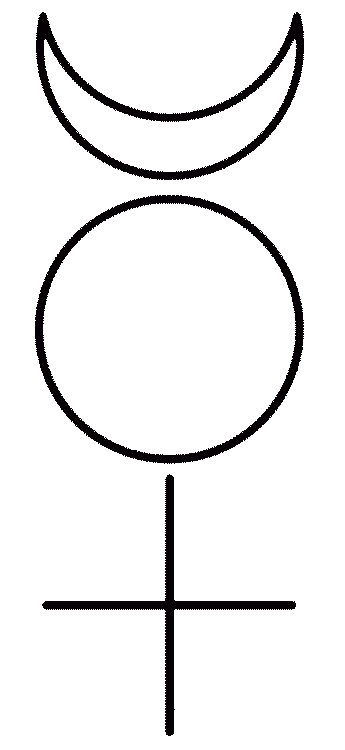
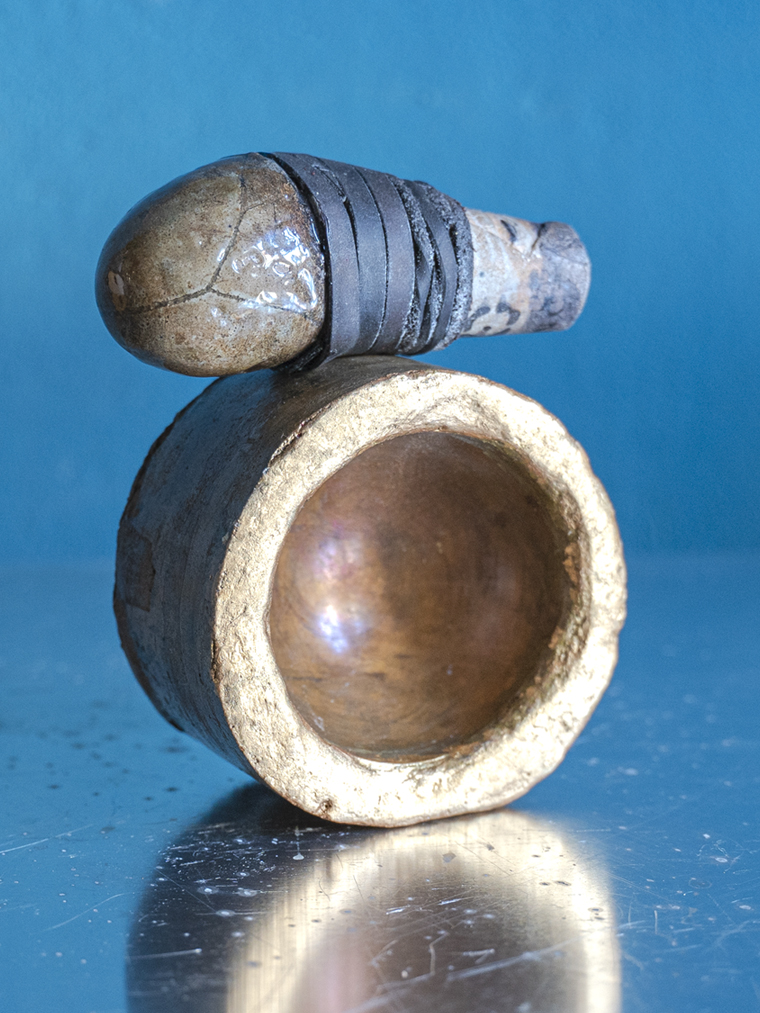
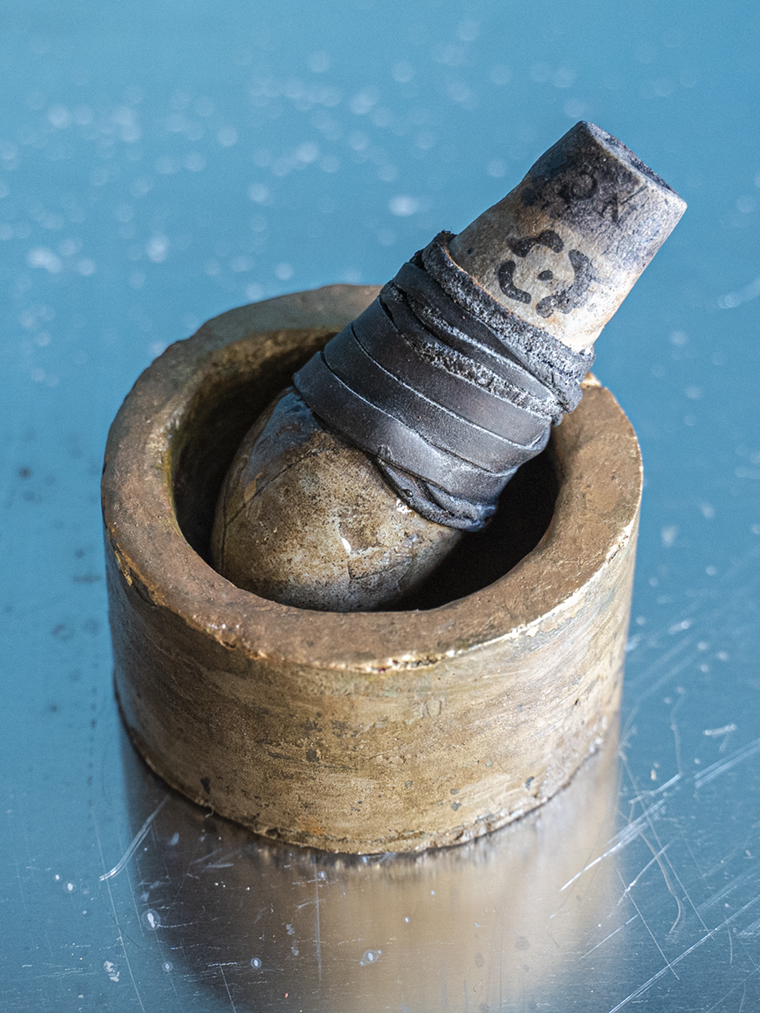
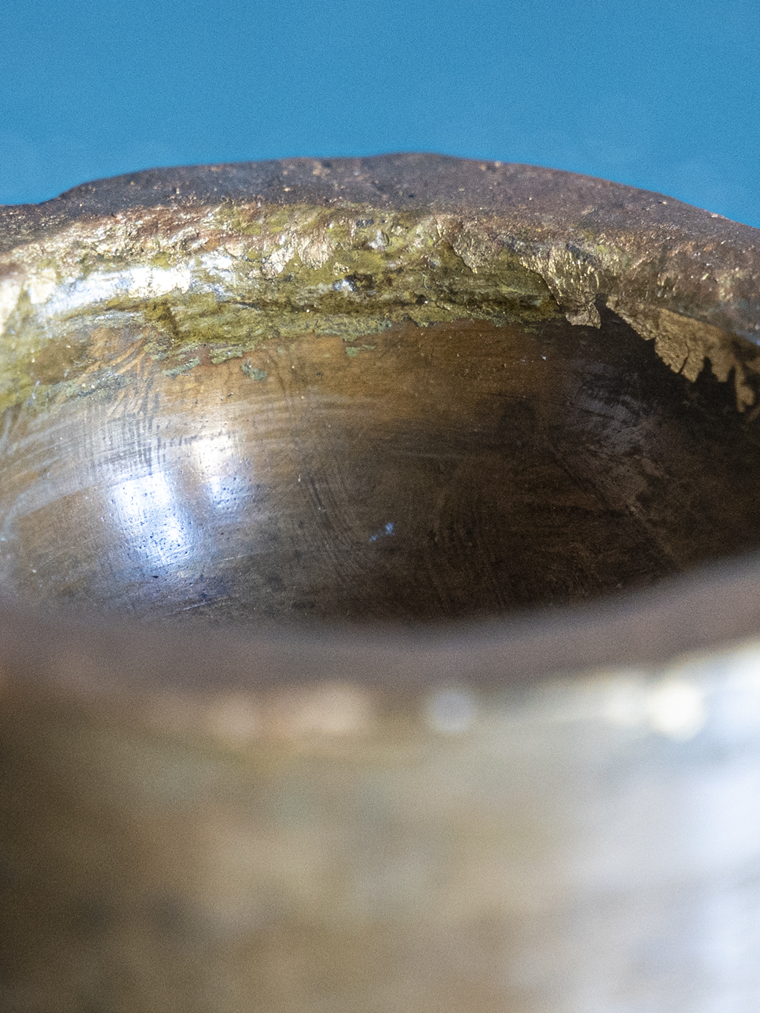
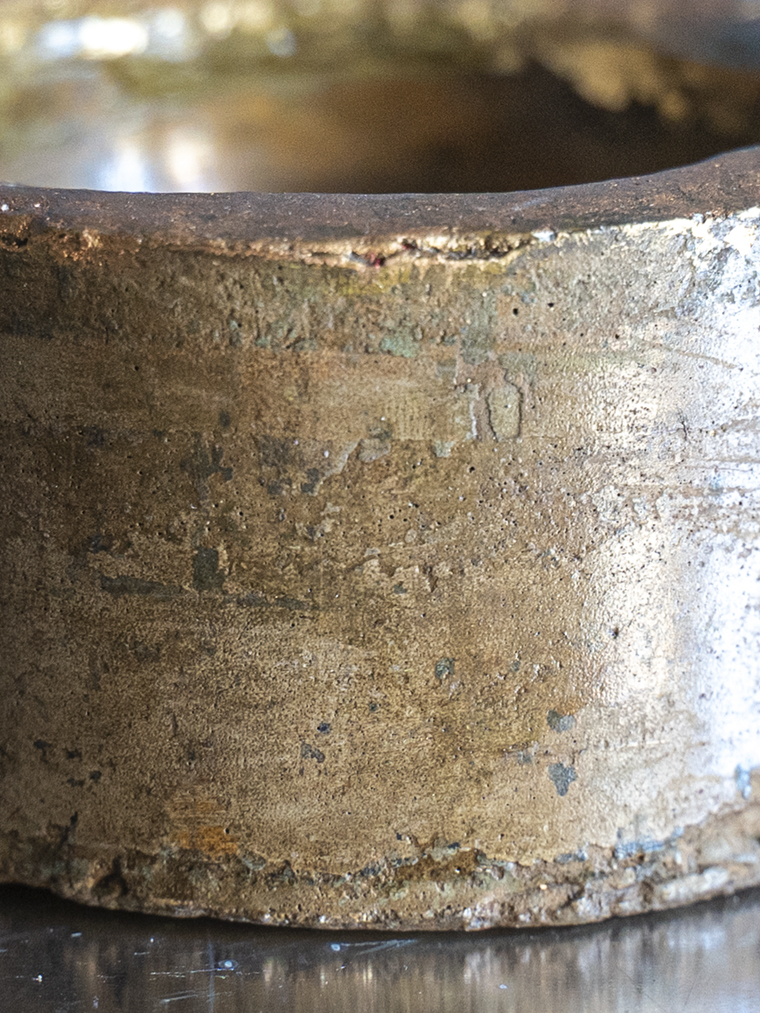
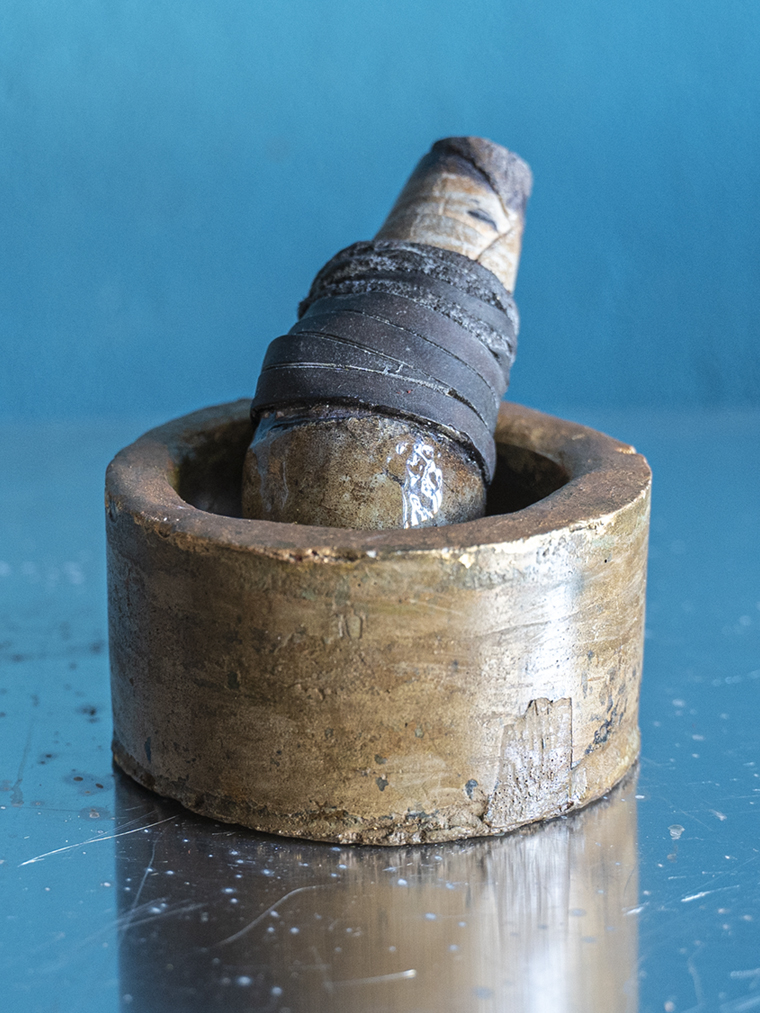
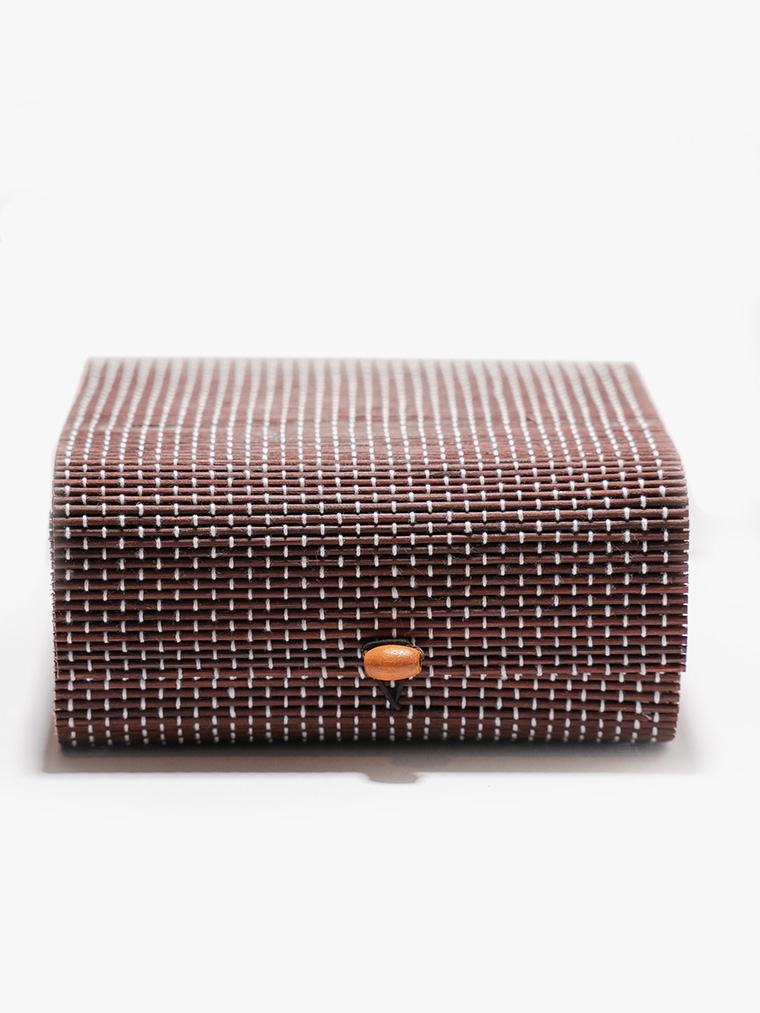
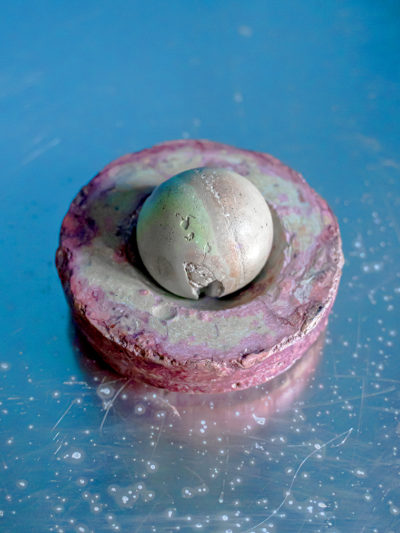
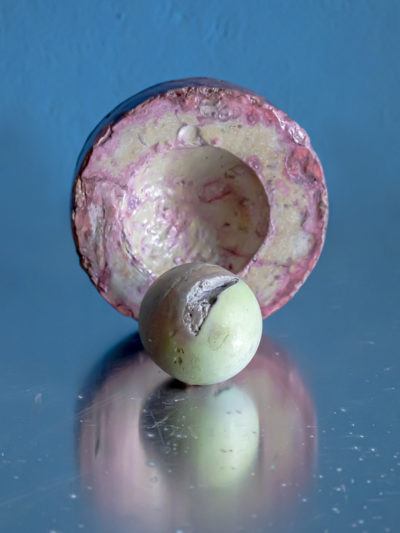
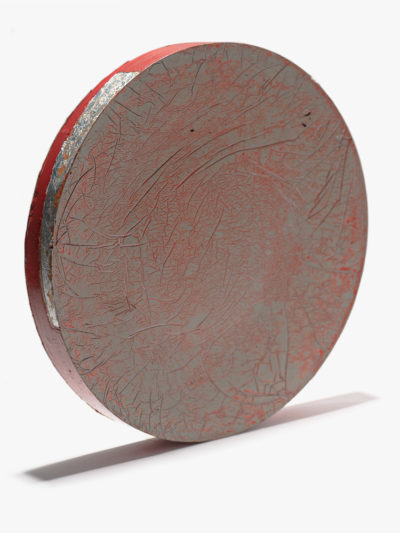
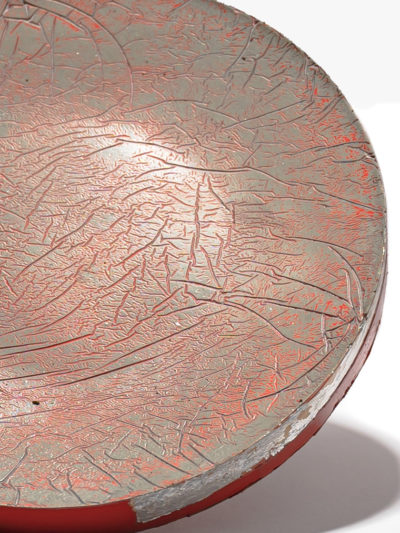
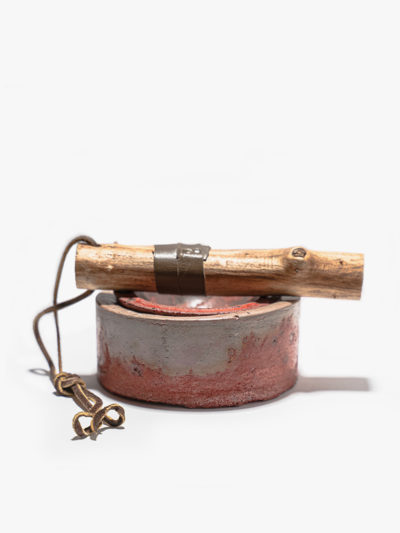
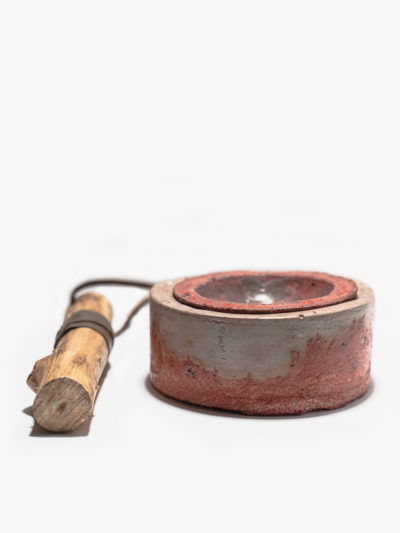
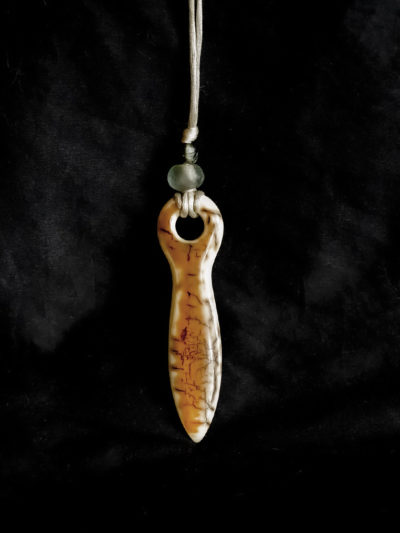
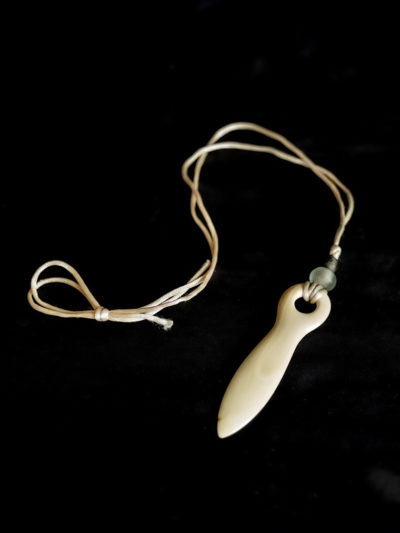
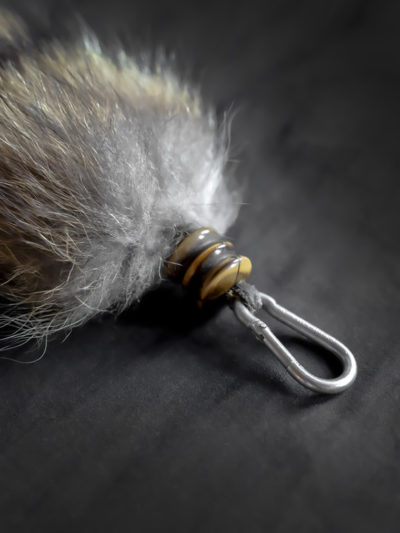
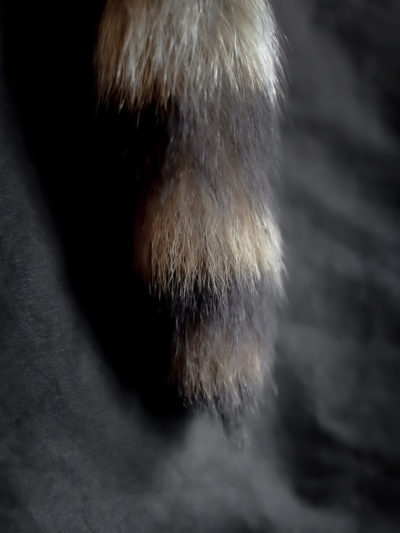
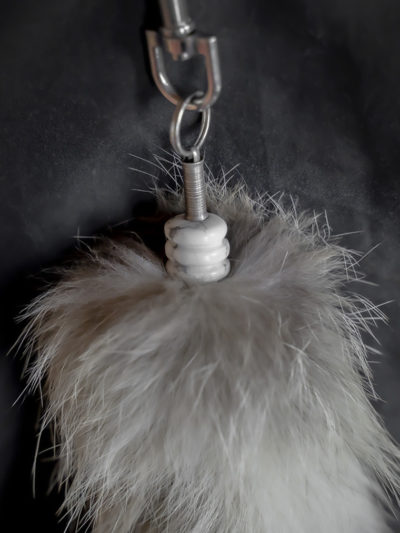
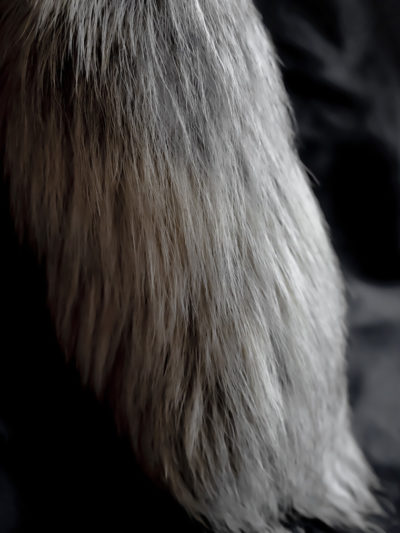
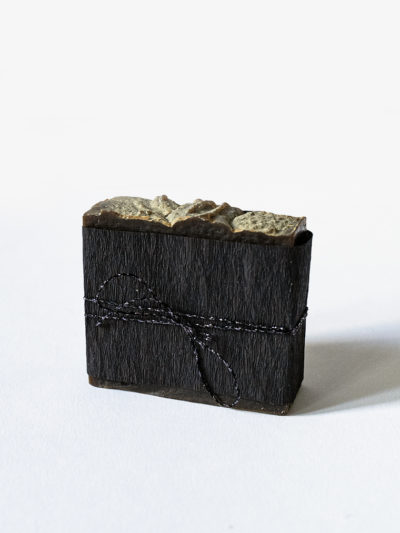
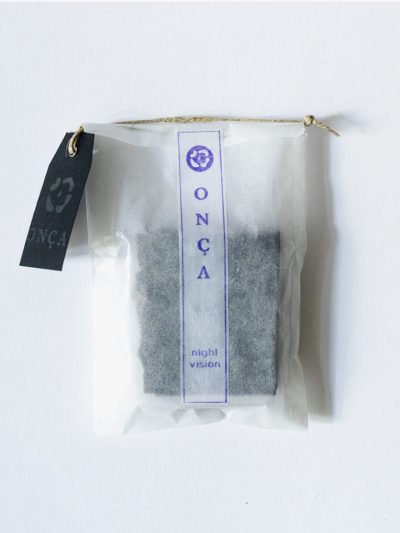

Reviews
There are no reviews yet.